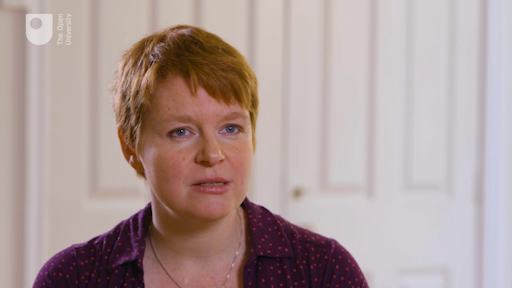5.2 Choosing what’s right for me
There are several social media platforms that businesses use to promote their products and services. Table 1 details some key considerations for deciding which social media platform to choose.
| Social media platform | Demographics | Purpose | Best for | Downside |
|---|---|---|---|---|
2.9 billion users Ages 25–34 |
Building relationships | Building brand loyalty | Limited reach | |
436 million users Ages 30–49 68% male |
News & articles; conversation | Public relations | 280 characters or less | |
454 million users Ages 30–49 78% female |
‘Scrapbook-ing’ | Lead generation; clothing, art & food businesses | Images and videos only; narrow demographic | |
| YouTube | 2.3 billion users All ages |
‘How to’; lifestyle; educational | Brand awareness; lead generation | Resource intensive |
740 million users Ages 46–55 |
News & articles; networking | Business development; brand awareness | Limited interactions | |
1.4 billion users Ages 25–34 |
Building relationships; conversations | Lead generation; retail, food, entertainment & beauty businesses | Images and videos only | |
| TikTok | 1 billion users Ages 18–24 |
Building relationships; conversations | Building brand loyalty & community | Videos only; very specific demographic |
Depending on your specialism, other platforms such as Spotify may also be relevant. Do some research to explore what similar businesses use.
When considering the right social media platform to use, experts consistently recommend starting with one rather than spreading yourself too thinly over several. This is because it takes time to build up a following on social media, requiring regular posts and responses.
Choosing the platform that will link you to the right audience in the right way is crucial. For example, if your business is primarily visual, a platform that encourages the use of images and videos – such as Facebook, Pinterest or Instagram – will be important. If your service is primarily aimed at other businesses (often referred to as ‘business to business’ or ‘B2B’) then LinkedIn could be your starting point due to its professional focus. Watch Video 7 in which freelance copywriter Gayle Johnson discusses how she has built her business on Facebook.

Transcript: Video 7
In the next activity, you’ll start to think about the best social media platform for your business. If you aren’t sure about the platforms or networks that are currently available, look at the most popular social networks in the UK [Tip: hold Ctrl and click a link to open it in a new tab. (Hide tip)] for some ideas (to open the link in a new window or tab hold the Ctrl key (or Cmd on a Mac) when you click).
It is worth noting that things change rapidly in this sector and some of those listed might be defunct next year!
Activity 5 Selecting my social media platform
Taking into account:
- what you’ve read in this section
- what you understand about your target audience
- what you already know from using social media for personal reasons
consider which platform you could best use to promote your freelance work. Make a note of your decision and your reasons in the box below.
Discussion
As your business progresses, you might decide that you’re on the wrong platform or that you need to branch out further onto different platforms. But starting with one and doing it well is a useful strategy. Don’t forget, most platforms have analytics services that you can use to analyse how many people are seeing/engaging with your posts and that will help you to decide whether your strategy is working.
